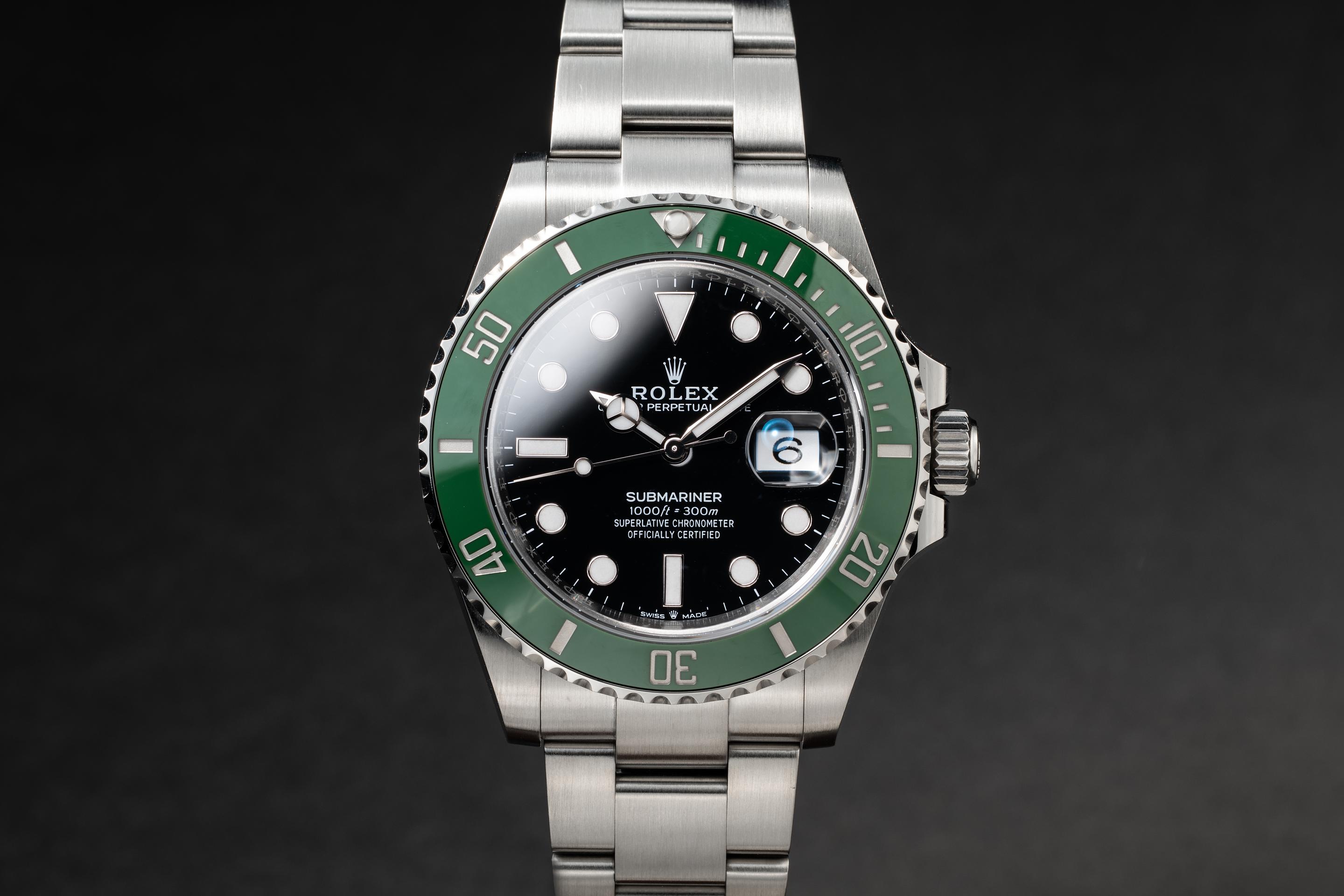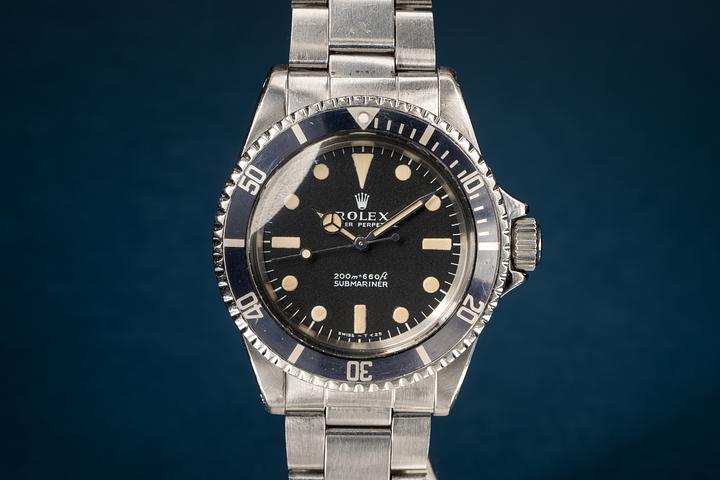How Much Is a Rolex in 2024? Real Talk on Swiss Luxury

How Much Is a Rolex? A Deep Dive into Swiss Luxury Timekeeping
Look, we all know asking “How much is a Rolex?” is kind of like asking “How much is a car?” It depends—on the model, condition, rarity, and honestly, how patient or lucky you are. But there’s something undeniably captivating about these watches. Rolex isn’t just a brand; it's an entire experience rooted in Swiss craftsmanship, iconic design, and precision engineering. For over a century, the company’s been building more than timepieces—they’re statements of achievement, reliability, and unmatched consistency. So let’s unpack the numbers, the history, and some behind-the-curtain nuances that explain why some people will comfortably (or impulsively) drop tens of thousands of dollars on one.
What Determines the Price of a Rolex?
If you’re trying to pin down the price of a Rolex in 2024, you’re looking at a wide range. Entry-level models like the Oyster Perpetual start around $6,000 to $7,500. Meanwhile, something like the Day-Date “President” in solid gold might push well past $40,000 new. The elusive Daytona in platinum? You’re venturing into $75,000 territory—if you can get it. But here’s the twist: secondary market prices can climb even higher, especially for limited production pieces or vintage models. That green-stickered Submariner from the 90s you saw in a drawer five years ago could be worth five figures today. Yep, crazy.
The Role of Materials and Precision Engineering
Rolex doesn’t cut corners on materials—ever. Whether it’s 904L Oystersteel, 18ct Everose gold, or platinum, the company’s proprietary blends resist corrosion, maintain luster, and honestly, just last. Each watch is crafted in-house—cases, movements, even the foundry for raw metals. Take the Cerachrom bezel on a modern GMT-Master II: That thing resists scratching and UV light like a champ. Sapphire crystals, Triplock crown systems, Perpetual rotors, Superlative Chronometer certification... this is not mass-market machinery. All of that contributes to the price and, more importantly, the long-term reliability. Also, let’s not forget the labor: Swiss watchmakers aren’t exactly minimum wage employees. These are artisans pushing impossibly tiny gears into perfect alignment day after day.
A Brief Look at Rolex History to Understand the Hype
Founded in 1905 by Hans Wilsdorf in London (yes, London, not Switzerland—though they later moved operations to Geneva), Rolex set out early to make wristwatches not only practical but precise. In 1926, they dropped the world’s first waterproof wristwatch: the Oyster. Just a few years later, a daring young swimmer wore it while crossing the English Channel. Unfazed by icy water and 15 hours later—it was still ticking. Media magic ensued, and the association between Rolex and reliability was born. The company’s legacy only grew, from equipping airline pilots with the GMT-Master in the 1950s, to strapping the Deep Sea Special on a submersible that touched the Marianas Trench. These aren’t just watches—they’re worn at the edge of human achievement.
Popular Rolex Models and Their Price Ranges
So yeah, there are dozens of models, but some names come up repeatedly. The Rolex Submariner, easily the most recognized dive watch on the planet, starts around $9,100 in stainless steel, but it can swing north of $40k in two-tone or full gold. The Datejust, elegant and versatile, typically sits between $8,000 to $14,000 depending on configuration. For those chasing the ultra-coveted, the Daytona—a racing-themed chronograph—retails for about $15,000, though good luck finding it without premium mark-ups. Want something off the beaten path? The Sky-Dweller, Rolex’s annual calendar and travel watch hybrid, starts around $15,200. But again, availability is its own game. Authorized dealers often have waitlists that stretch into years. Nah, not joking.
The Swiss Watch Industry and Rolex's Stronghold
Switzerland, as you might guess, is still the holy land of fine watchmaking. The Swiss watch industry contributed over CHF 24 billion in exports in 2023 alone, and Rolex accounts for a massive piece of that pie. According to industry insiders like Morgan Stanley (yeah, Rolex is that serious), Rolex controls around 30% of the Swiss watch market—in dollar value. Independent, unlisted, and famously private, Rolex funnels profits into the Hans Wilsdorf Foundation, meaning rather than answering to shareholders, it reinvests in long-term growth and quality. This independence allows Rolex to maintain rigorous standards and avoid the temptation to mass-produce just to meet demand. Yes, they produce a million watches a year—or more—but each is built with surgical accuracy and deliberate control over distribution. It’s a unique balance of luxury and scale that few brands can pull off. That's kind of insane when you think about it.
Final Thoughts: Is a Rolex Worth the Price Tag?
Alright. So is a Rolex worth it? That depends on what “worth” means to you. From an objective standpoint—they’re incredibly well-made, backed by over a hundred years of restless innovation, and supported by an after-sales network that’s global and legendary. Subjectively? They’re status symbols, generational items, milestones on your life’s wrist. It might just be the one watch you ever own that feels like it's yours in that rare, hard-to-articulate way. They're expensive, yes, but what you’re buying isn’t just a steel case and a date function—you're stepping into a legacy. So how much is a Rolex? Honestly, in a strange and poetic way, exactly what people are willing to pay for a piece of time. No more, no less.




